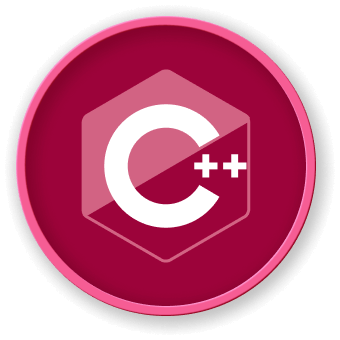Linking Basics
What is Linking?
Linking is a crucial process in C++ compilation that combines separate object files into a single executable program. It resolves references between different source files and libraries, creating a complete, runnable application.
Types of Linking
1. Static Linking
Static linking involves embedding library code directly into the executable during compilation.
graph LR
A[Source Files] --> B[Compiler]
C[Static Libraries] --> B
B --> D[Executable with Embedded Libraries]
Example of static library compilation:
## Compile source files to object files
g++ -c main.cpp helper.cpp
## Create static library
ar rcs libhelper.a helper.o
## Link with static library
g++ main.o -L. -lhelper -o myprogram
2. Dynamic Linking
Dynamic linking loads library code at runtime, reducing executable size and allowing library updates without recompiling.
graph LR
A[Executable] --> B[Dynamic Library Loading]
B --> C[System Libraries]
Example of dynamic library compilation:
## Create shared library
g++ -shared -fPIC -o libhelper.so helper.cpp
## Compile main program
g++ main.cpp -L. -lhelper -o myprogram
Linking Process Overview
| Stage |
Description |
Key Action |
| Compilation |
Convert source code to object files |
Generate .o files |
| Symbol Resolution |
Match function/variable references |
Resolve external symbols |
| Memory Allocation |
Assign memory addresses |
Prepare for execution |
Common Linking Challenges
- Undefined reference errors
- Multiple definition conflicts
- Library path issues
- Version incompatibilities
Best Practices
- Use forward declarations
- Manage include guards
- Organize header files carefully
- Specify library paths explicitly
By understanding linking basics, developers can effectively manage complex C++ projects and resolve common compilation issues. LabEx recommends practicing these concepts through hands-on coding exercises.



